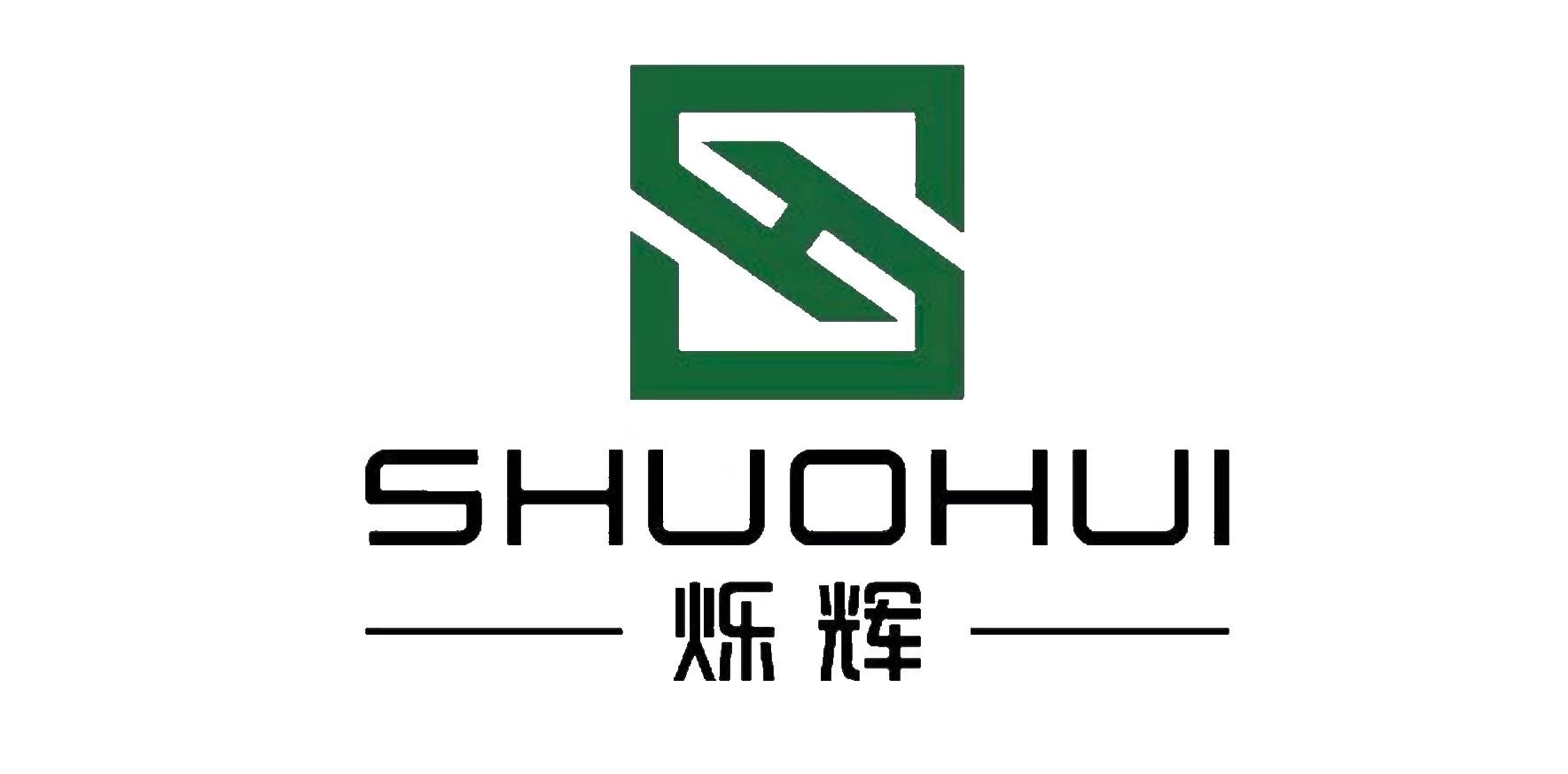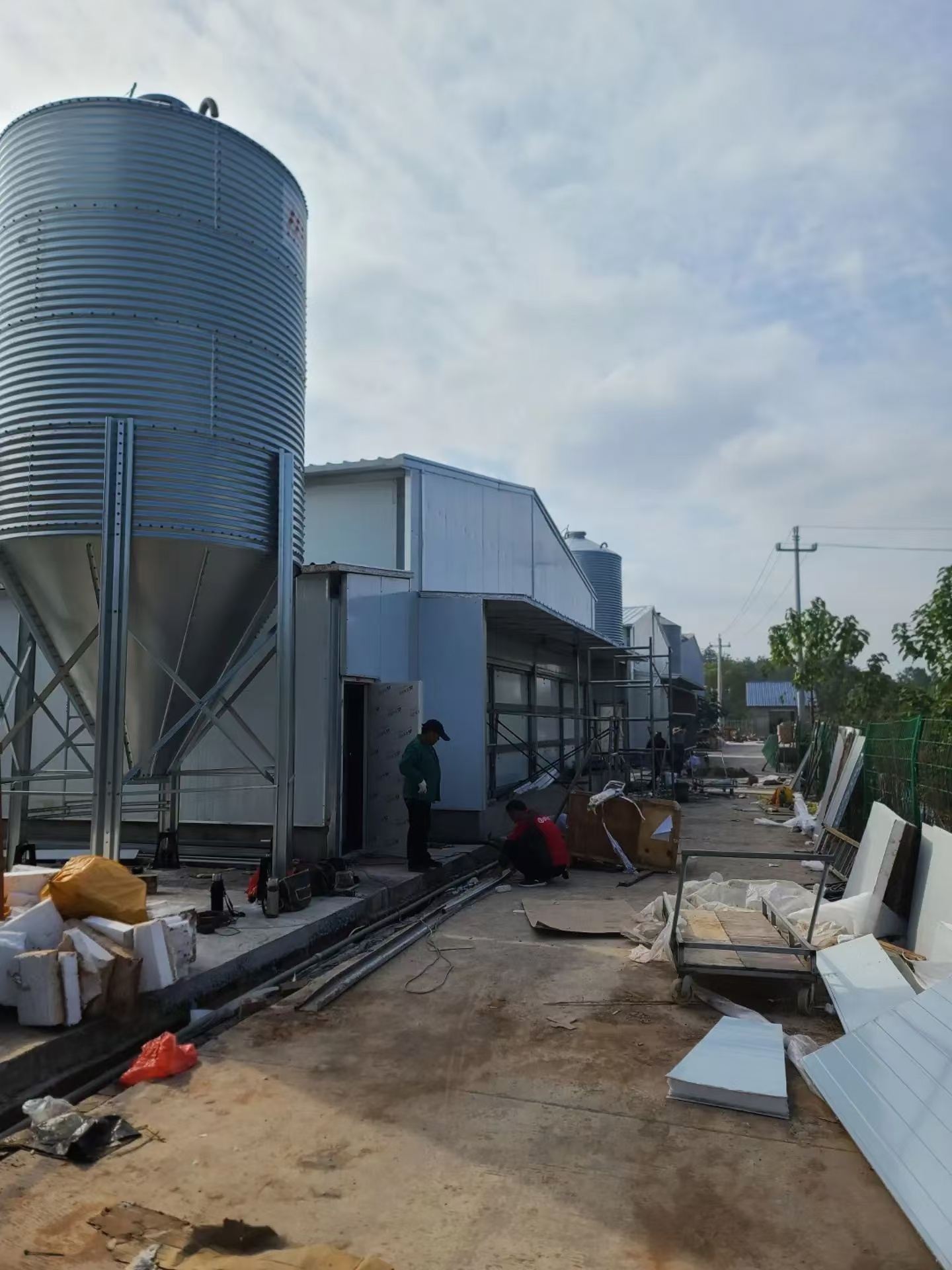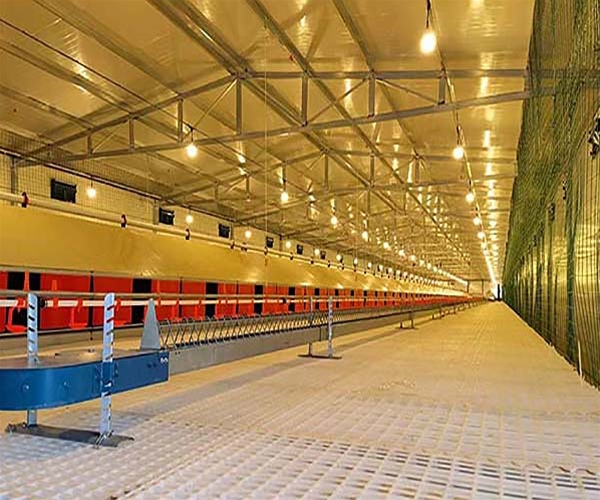Farm Renovation:Renovating a poultry farm is crucial for enhancing production efficiency, chicken health, and farm profitability. Modernizing facilities, optimizing workflows, and introducing automation help create a more sustainable and efficient environment for both chickens and workers. Below are key steps for renovating your poultry farm.
1. Farm Renovation:Remove Old Facilities
The first step is to assess and remove outdated, inefficient structures. This includes old coops, feed storage, and tool rooms.
While some areas may not need to be torn down, ensure the coop is correctly placed. The coop should be away from storage rooms or offices. This arrangement improves feeding and cleaning efficiency while reducing stress on the chickens.
2. Farm Renovation:Redesign the Layout
After removing old facilities, redesign the layout to improve chicken comfort and safety. A good layout improves ventilation, lighting, and space utilization.
Ensure that the chickens have enough room to move freely. Overcrowding can cause stress and hinder airflow. Consider introducing automation, such as automatic feeders and water systems, to increase efficiency and reduce labor.
3. Farm Renovation: Essential for Chicken Health
Proper airflow is vital for a healthy environment. Poor ventilation can lead to stress and illness in chickens. It also promotes the spread of diseases.
Install modern ventilation systems such as vertical exhaust fans and horizontal air inlets. These systems improve air quality and keep the coop comfortable. Proper airflow reduces harmful gases and odors while supporting chicken health.
4. Ensure Sufficient Lighting: Boost Egg Production and Health
Lighting regulates the chickens’ biological clock, affecting their activity, feeding, and egg-laying. Renovate the coop to maximize natural light through windows or light-harvesting systems.
In addition to natural light, artificial lighting may be necessary for year-round consistency. Proper lighting enhances egg production and chicken health by maintaining regular activity cycles. It also helps workers monitor and care for the chickens more easily.
5. Provide Clean, Adequate Drinking Water
Water is essential for chicken growth and productivity. Ensure a reliable drinking system is in place during renovation. Chickens need constant access to clean water for hydration and health.
Install an automated drinking system to ensure a steady, clean water supply. Regularly clean the system to prevent bacterial growth. Controlling the water temperature is important to prevent contamination.
what is water systems
6. Introduce Automation: Increase Efficiency and Reduce Labor Costs
Automation systems plays a key role in modern poultry farming. By introducing automation during renovation, you can boost efficiency and reduce labor costs. Automated feeders, egg collectors, and manure systems can streamline farm operations.
Automation reduces human error and ensures consistency. For example, automatic feeders dispense precise amounts of food on a set schedule, eliminating manual feeding.
7. Modernize Cleaning and Disinfection: Enhance Biosecurity
Maintaining cleanliness is critical for biosecurity. Introduce automated cleaning and disinfection systems during renovation. Automatic manure cleaning systems help keep the coop clean and reduce bacterial buildup.
Install disinfection systems to sanitize the coop regularly. These systems reduce disease risks and maintain hygiene. A clean coop is essential for preventing bacterial growth and protecting chicken health.
Renovation for Improved Efficiency and Health
Renovating your poultry farm can significantly boost efficiency and improve chicken health. Focus on key areas such as removing old structures, redesigning the layout, optimizing airflow, and lighting. Modernizing equipment reduces labor costs, increases egg production, and improves biosecurity.
Renovation is an investment in a healthier, more efficient farm. It will improve chicken welfare and increase production. With the right steps, you can create a more sustainable, profitable poultry farm for the long term.


